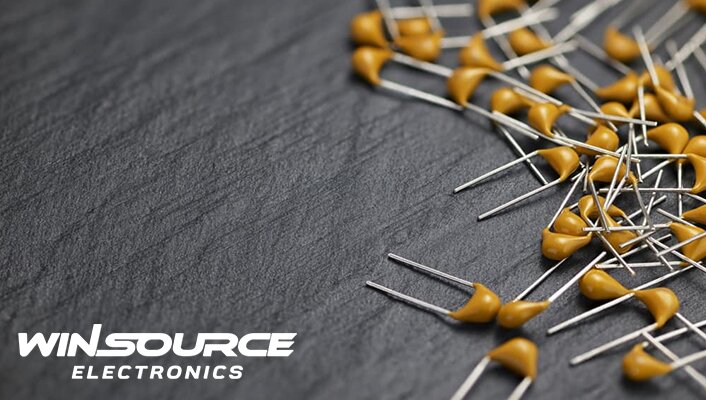
Table of Contents
ToggleIntroduction
In the world of electronic components, few are as ubiquitous and versatile as ceramic capacitors. These small, inconspicuous devices play a key role in nearly every electronic circuit, from smartphones to spacecraft. Although ceramic capacitors may look unassuming, they are an important component in achieving superior performance in electronic systems.
This article will discuss ceramic capacitors. It will cover their different types and explain why choosing the correct type is important for the performance of electronic systems.
The role of capacitors in electronic products
Before looking specifically at ceramic capacitors, it is necessary to understand the broader role of capacitors in electronic circuits. Capacitors are passive electronic components that store and release electrical energy. They have many uses, like reducing noise, stabilizing voltages, timing, and connecting signals in a circuit.
The Versatility of Ceramic Capacitors
People favor ceramic capacitors for their versatility and wide range of applications. They come in a variety of shapes and sizes and are suitable for surface mount and through-hole assembly. There are two main types of ceramic capacitors based on their dielectric material.
Class 1 Ceramic Capacitors: These capacitors possess stability, precision, and low losses. Resonant circuits and precision timing applications often require their frequent use in critical applications, demanding high accuracy. Class 1 capacitors are ideal for situations where temperature stability and low distortion are critical.
Class 2 Ceramic Capacitors: Class 2 capacitors have a big capacitance value for their small size and cost-effectiveness. Power supplies and digital circuits commonly use them in decoupling and filtering applications. However, their capacitance may exhibit more significant changes with temperature and voltage than Class 1 capacitors.
The importance of choosing the right ceramic capacitor
Choosing the right ceramic capacitor is critical to achieving excellent performance in electronic systems for the following reasons:
Frequency Response: The frequency responses of ceramic capacitors vary based on their dielectric materials and design. High frequency applications prefer Class 1 ceramic capacitors because they offer stable performance over a wide frequency range.
Voltage Rating: It is critical to select a ceramic capacitor with an appropriate voltage rating to prevent breakdown or failure. Always consider the maximum voltage the capacitor will withstand in the circuit.
Temperature Coefficient: For precise instruments and communication devices that need stable temperature, use Class 1 ceramic capacitors with low temperature coefficients.
Size and Shape: Space constraints often dictate capacitor selection. The small size and variety of form factors of ceramic capacitors make them suitable for compact designs.
Application-specific considerations: Consider ESR, ESL, and ceramic material type based on your application.
Practical application
Ceramic capacitors have a variety of applications, including:
Consumer electronics: Ceramic capacitors in electronic devices stabilize power, filter noise, and ensure reliable timing for circuits.
Automotive electronics: Ceramic capacitors in cars serve engine management, entertainment, and safety purposes to guarantee reliable and stable performance.
Aerospace and Defense: Ceramic capacitors in planes and military gear endure harsh conditions and are vital for filtering and storing energy.
Industrial Electronics: Ceramic capacitors maintain voltage, reduce noise, and enhance signal transmission in control and automation systems.
In conclusion
Ceramic capacitors help electronic devices work well and be reliable. They are important but often overlooked.
Choosing the right ceramic capacitor for a specific application is not a one-size-fits-all job. It requires careful consideration of factors such as dielectric material, capacitance value, voltage rating, and temperature stability. Engineers can enhance electronic products by selecting suitable ceramic capacitors. This can result in improved performance, reliability, efficiency, and innovation for end users.

COMMENTS